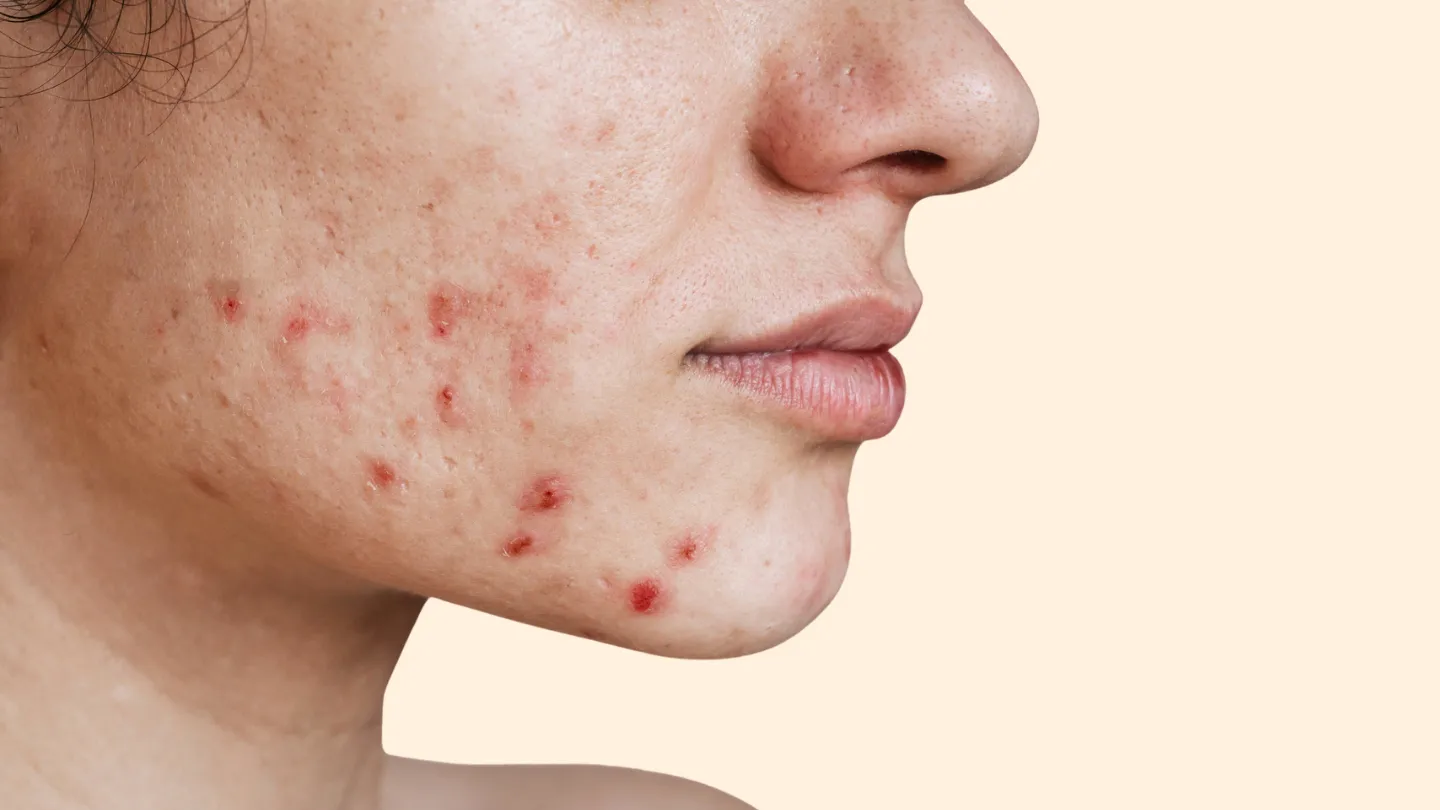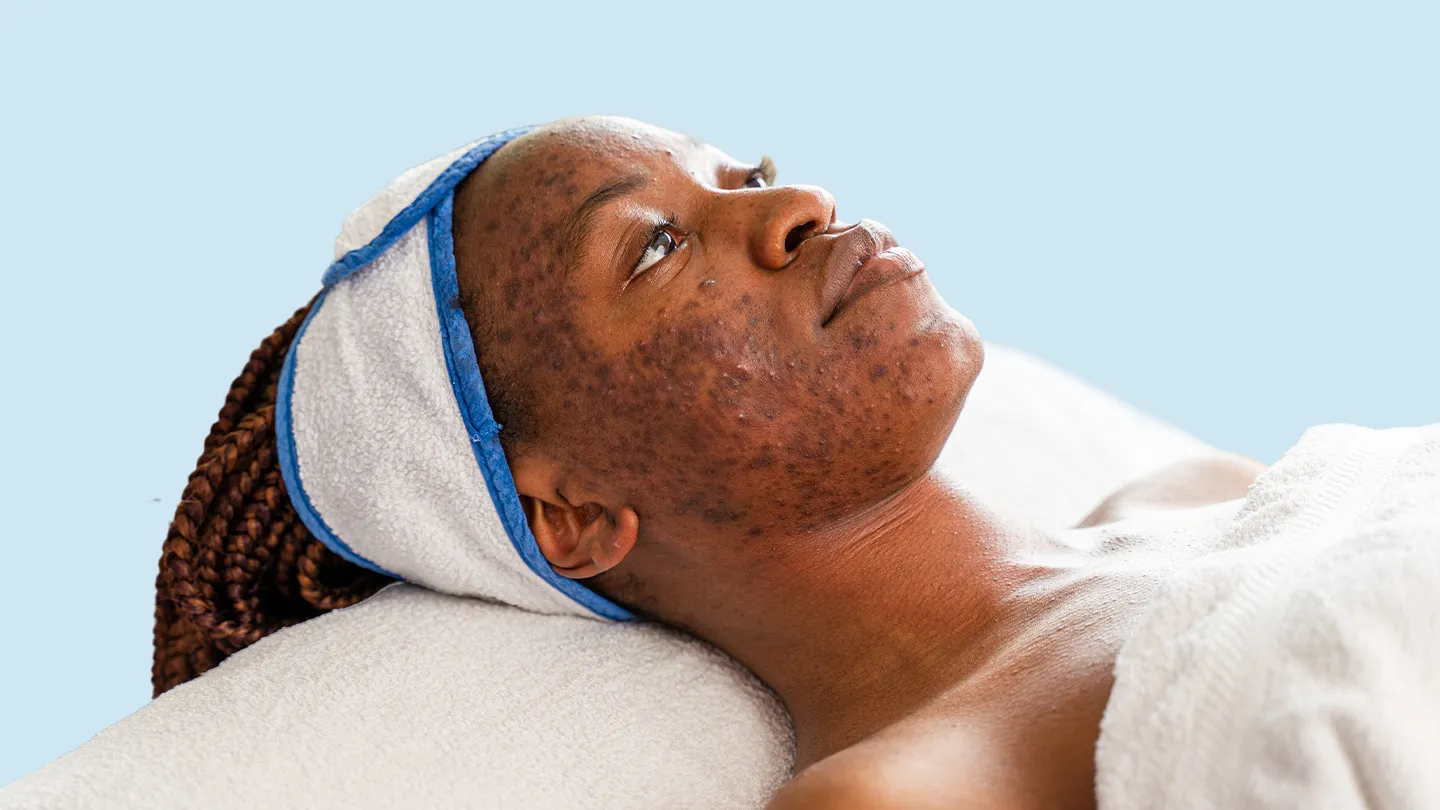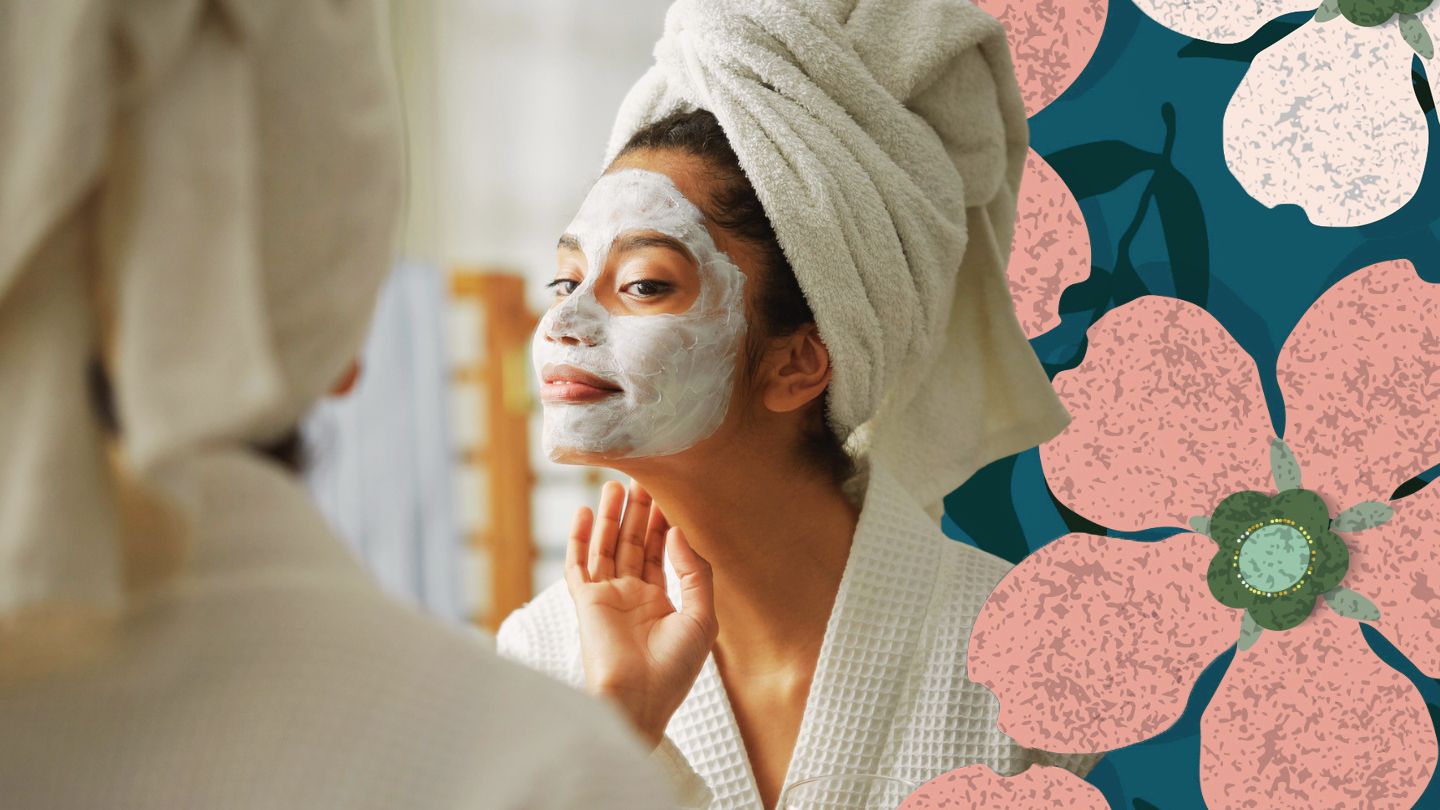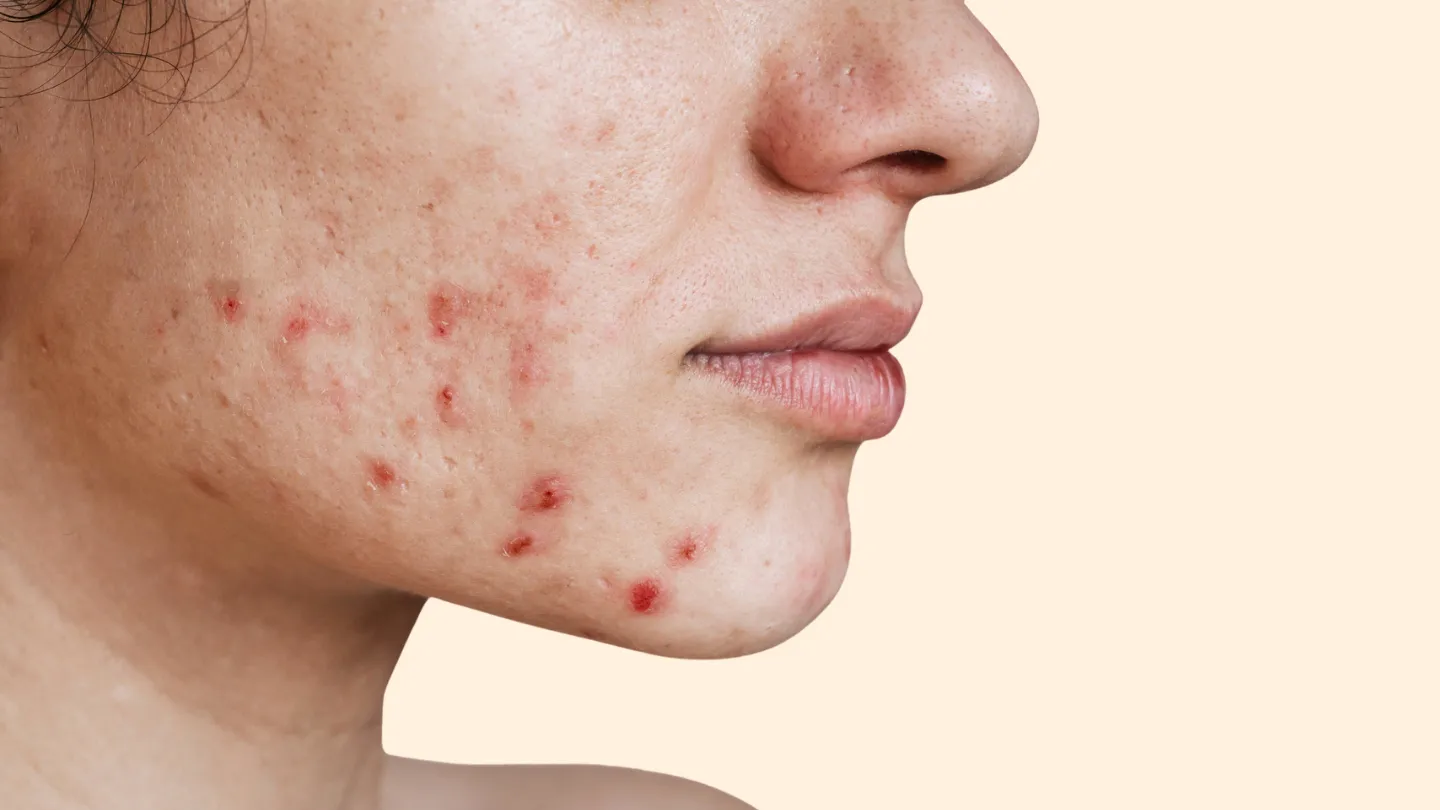Quick answer: If you've been fighting breakouts for more than a month with overthecounter stuff and they're still painful, red, or leaving scars, it's time to book an acne dermatologist. A dermatologist can pinpoint the root cause, stop scarring before it starts, and give you a personalized plan that home remedies just can't match.
Why it matters: Getting professional help early means faster results, fewer blemishes, and a boost of confidenceno more endless guessing or feeling stuck in a cycle of "try this, try that." Let's dive into everything you need to know, from spotting the signs to finding the right specialist and navigating treatment options.
What Causes Acne
Underlying science behind those pimples
Acne isn't just "dirty skin." It's a mix of excess oil (sebum), clogged pores, bacteria (Cutibacterium acnes), and inflammation. Hormonal swings, genetics, certain medications, and even friction from helmets or phone screens can aggravate the situation. According to Dermatology Canada, the biggest culprits are sebum overproduction and hormonal fluctuations.
Types and severity
| Lesion Type | Description | Typical Severity |
|---|---|---|
| Comedones | Blackheads or whiteheads; noninflamed | Mild |
| Papules & Pustules | Red, tender bumps; may contain pus | Moderate |
| Nodules & Cysts | Deep, painful, can scar | Severe |
When does acne become "severe"?
Think more than 20 lesions, deep nodules or cysts, rapid spread, or persistent scarring despite diligent OTC care. If you're nodding "yes," that's a clear sign you need severe acne treatment from a qualified professional.
When to See
Redflag questions you should ask yourself
- Is my acne painful or draining?
- Am I developing dark spots or scars?
- Has it persisted for over 6 weeks despite regular sunscreen and OTC meds?
Specific scenarios that demand a specialist
Cystic or nodular acne
This type often requires prescription oral medication or isotretinoin. Ignoring it can lead to permanent scarring.
Back and chest breakouts
These areas are harder to treat at home because oil glands are larger there. A dermatologist can recommend targeted therapies.
Hormonal flareups
Women often notice acne around their menstrual cycle. If you're wondering when to see dermatologist for hormonal acne, the answer is earlyespecially if it's affecting your confidence.
Psychological impact
Studies from the Canadian Dermatology Association show that people with moderatetosevere acne are up to three times more likely to experience anxiety or low selfesteem. You're not just battling skin; you're battling feelings, too.
Finding a Dermatologist
Searching "acne dermatologist near me"
When you type acne dermatologist near me into Google, look for these three things: board certification, a clear acne focus (many dermatologists list "acne specialist" on their profile), and solid patient reviews that mention results, not just bedside manner.
Local resources
Provincial directories like the American Academy of Dermatology's "Find a Dermatologist" tool let you filter by city and specialty. It's a handy shortcut to avoid guesswork.
Virtual care vs. inoffice
Teledermatology is booming. Virtual appointments are convenient, often cheaper, and can get you a prescription within 4872hours. However, inperson visits are better for procedures like comedone extraction or laser therapy. Weigh cost, convenience, and the type of treatment you might need.
What Happens
Preparing for your first visit
Bring a short list of the products you're using, any meds you take, and a few clear photos of the worst spots (lighting matters). A downloadable checklist PDF can keep you organized.
Typical exam steps
- Visual inspection and lesion counting
- Possible skin swab to identify bacterial strains
- If needed, blood work to rule out hormonal imbalances
Key discussion points with your dermatologist
- Your goals (clear skin, prevent scarring, manage hormones)
- Potential side effects of proposed treatments
- Lifestyle triggers you've noticed (stress, diet, certain fabrics)
Sample questions to ask
- "What's the expected timeline for improvement?"
- "How will this medication affect my daily routine?"
- "Are there any overthecounter products I should keep using?"
Treatment Options
Topical therapies
Topicals are usually the first line. Retinoids (adapalene, tretinoin) unclog pores, benzoyl peroxide kills bacteria, and azelaic acid reduces inflammation and hyperpigmentation. Prescription strengths are more potent but can cause initial irritationthink "skin is peeling like an orange," which usually eases after a couple of weeks.
Comparison: OTC vs. Prescription
| Product | Concentration | Price (CAD) | Typical Frequency |
|---|---|---|---|
| Adapalene Gel | 0.1% (OTC) / 0.3% (Rx) | $15 / $35 | Once daily at night |
| Benzoyl Peroxide | 2.5% (OTC) / 5% (Rx) | $10 / $25 | Once or twice daily |
| Azelaic Acid | 10% (OTC) / 1520% (Rx) | $30 / $60 | Twice daily |
Oral medications
Antibiotics
Tetracyclines (doxycycline, minocycline) are common firstline oral options for moderate acne. They reduce bacterial growth and inflammation, but they should be limited to a few months to prevent resistance.
Hormonal agents
Combined oral contraceptives and spironolactone are lifesavers for many women, especially when acne spikes around their period. Always discuss contraindications (e.g., smoking over age 35) with your dermatologist.
Isotretinoin (severe acne treatment)
Often called "Accutane," isotretinoin is the most effective cure for cystic acne. It works by shrinking oil glands, normalizing skin cell turnover, and dramatically reducing bacteria. The iPLEDGE program ensures safe prescribingwomen of childbearing age must use two forms of birth control. Side effects can include dry skin, joint aches, and rare mood changes, so close monitoring is essential.
Procedural options
- Light therapy (blue/red LED) for mild to moderate inflammation
- Chemical peels (salicylic or glycolic acid) to exfoliate clogged pores
- Laser resurfacing for deep scarring
- Comedone extraction & sterile steroid injections for painful cysts
According to Mayo Clinic, many patients see noticeable improvement within 48 weeks of starting a combined regimen of topical and oral therapies.
SkinCare Tips
Daily cleansing routine
Use a gentle, noncomedogenic cleanser twice a day. Don't scrubthink "soft kiss" rather than "rough scrub." Overwashing strips natural oils and can worsen inflammation.
Moisturizing & sunscreen
Even oily skin needs hydration. Look for "oilfree" or "gelcream" moisturizers. Sunscreen is nonnegotiable, especially when using retinoidsaim for SPF30+ and reapply every two hours outdoors.
Products to avoid
- Heavy, oilbased makeup
- Alcoholrich toners that dry out the skin
- Physical scrubs with large beads (they can cause microtears)
Lifestyle factors
Stress, lack of sleep, and a highglycemic diet can aggravate breakouts. Simple habitslike a 78 hour sleep window, staying hydrated, and swapping sugary snacks for fruitscan make a noticeable difference.
Quick DoandDon't Checklist
- Do: Keep hair away from your face.
- Don't: Touch or pick at pimples.
- Do: Change pillowcases weekly.
- Don't: Overuse exfoliating acids.
Risks & Benefits
Benefits of seeing an acne dermatologist
- Accurate diagnosis (including underlying hormonal or nutritional issues)
- Tailored treatment plan that minimizes scarring
- Potential insurance coverage for prescription meds and procedures
- Ongoing monitoring to adjust therapy as your skin changes
Potential risks and how to manage them
- Medication side effects (dryness, photosensitivity) mitigated with proper skincare and regular followups.
- Cost many insurers cover dermatologist visits; teledermatology often cheaper.
- Overtreatment a balanced, shareddecision approach prevents unnecessary strong drugs.
Balancing act
A trustworthy dermatologist will discuss both pros and cons, set realistic expectations, and involve you in every step. That collaborative vibe builds confidence and leads to better outcomes.
RealWorld Experiences
Teen with cystic acne
"I was 15, and my cheeks were full of painful cysts. I tried every drugstore cream, but the bumps only got worse. After a visit to an acne dermatologist, I started a lowdose isotretinoin course. Within three months, the cysts faded and my confidence came back. The doctor also gave me a simple skincare routine that kept my skin clear after treatment." anonymized patient, 16months posttreatment.
Adult woman with hormonal flareups
"My breakouts synced with my menstrual cycle, and I felt embarrassed at work. My dermatologist prescribed a combined oral contraceptive and a gentle retinoid. Within six weeks, the preperiod pimples were barely there, and my skin tone evened out." anonymized patient.
Doctor's perspective
Dr. Maya Patel, MD, boardcertified dermatologist with 12years of practice, says, "The biggest misconception is that acne is just a ‘teenage thing.' Adults get it too, and the hormonal component often goes unnoticed. Early professional intervention can prevent permanent scarring."
Take the Next Step
Create your acne journal
Tracking triggers, product use, and flareups helps both you and your dermatologist see patterns. Download a free journal template and start noting dates, diet, stress level, and skin changes.
Book a consultation
Use the AAD's Find a Dermatologist tool to locate an acne dermatologist near me. Many clinics now offer a quick virtual intakeperfect if you're short on time.
Stay informed
Sign up for newsletters from reputable dermatology societies to get the latest research on acne treatments. Knowledge is power, and staying updated ensures you're always making the best decisions for your skin.
Conclusion
Acne is common, but it doesn't have to control your life. By recognizing the signs, understanding when to seek help, and partnering with a qualified acne dermatologist, you can clear up breakouts, reduce scarring, and regain confidence. Remember, the journey is personalwhat works for one person may differ for anotherso keep communication open, follow the treatment plan, and give yourself credit for each small victory. Ready to take the next step? Book that appointment, start your skin journal, and let's get your complexion back on track.
FAQs
How long should I try over‑the‑counter acne products before seeing a dermatologist?
Give OTC treatments about 6–8 weeks. If your breakouts are still painful, spreading, or leaving scars after that, book an acne dermatologist.
What can an acne dermatologist do that I can’t do at home?
They can diagnose underlying causes, prescribe stronger topicals or oral meds, perform procedures like extractions or laser therapy, and monitor for side effects.
Is isotretinoin safe for severe acne, and what should I expect?
Isotretinoin is highly effective for cystic acne. You’ll need regular check‑ups, use two forms of birth control if you’re a woman of child‑bearing age, and expect dry skin and possible joint aches.
Can I get a prescription through a virtual dermatology visit?
Yes, many tele‑dermatology services can evaluate your skin via photos and video, then send prescriptions to your pharmacy within a few days.
How often should I follow up with my acne dermatologist?
Initial follow‑ups are usually every 4–6 weeks to assess response and adjust treatment. Once stable, visits may be spaced out to every 3–6 months.
Disclaimer: This article is for informational purposes only and does not constitute medical advice. Always consult with a healthcare professional before starting any new treatment regimen.
Related Coverage
Fungal acne is a skin condition caused by yeast overgrowth on the face. Learn what causes it, symptoms to spot, and effective anti-fungal treatment methods....
Some speculate the herb ashwagandha may lead to acne breakouts due to hormonal effects, but research hasn't found a clear link. Tips if experiencing acne on ashwagandha....
Learn what causes clogged pores on feet and how to unclog them. Discover home remedies, medical treatments and key prevention tips for clearing foot blackheads....
Skin popping illegal drugs leads to distinct track mark scarring plus infections and overdose risks. But professional treatment can restore hope and skin health....
Wondering which body wash will help tackle your body acne and acne on your back, chest and shoulders? We review the best acne body washes plus extra treatments....
Discover dermatologist tips for an acne-fighting skincare routine. Learn the best moisturizer ingredients to clear, hydrate and protect teenage skin....
Discover the most effective acne body washes for treating and preventing pimples on your chest, back, and shoulders. Discusses ingredients that clear body acne....
Sulfur offers remarkable benefits for acne, including oil absorption, antimicrobial properties, and exfoliation. Discover its advantages for clear skin....
Shop oil-free, non-comedogenic moisturizers free of toxic chemicals ideal for teen skin. Set healthy routines to manage acne breakouts and nourish delicate complexions....
Learn what causes bacne, explore treatment options like benzoyl peroxide and laser therapy, and discover concealing techniques for hiding back acne....







